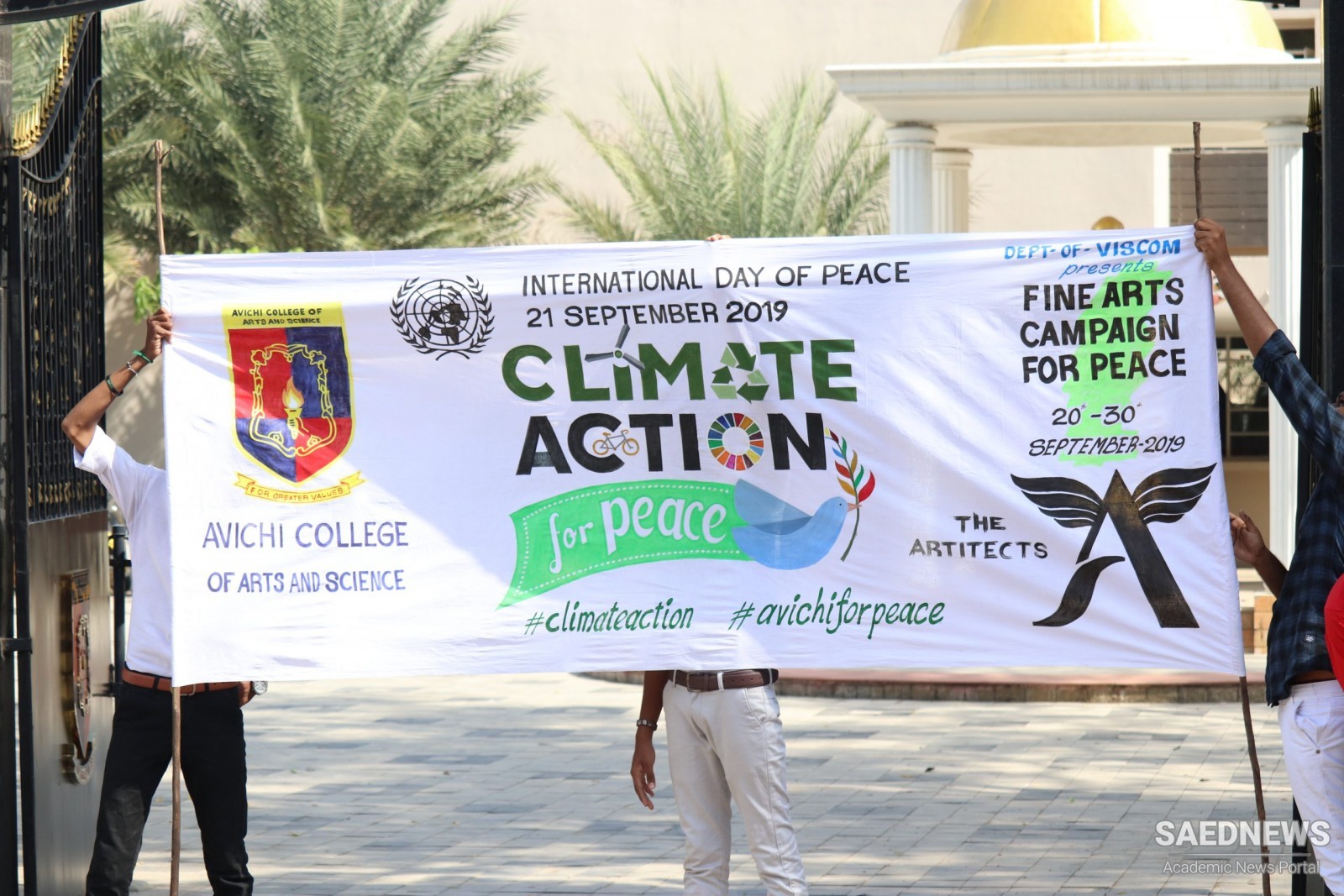The program of the Emergency Peace Campaign emphasized international cooperation, equitable economic development, and the strengthening of international law, but its overriding objective was to promote neutrality as a way of keeping the United States out of war. The campaign encompassed a broad coalition including the National Grange, the Farmer’s Union, the United Mine Workers, churches, women’s organizations, and university based groups. The campaign sponsored meetings and study conferences in hundreds of cities in 1936. Thousands of religious teachers and ministers agreed to give talks, and labor and farm groups sponsored educational programs.
It was an impressive mobilizing effort that represented the broadest US peace movement campaign of the interwar era. In 1937 the Emergency Peace Campaign launched an even more ambitious effort, the No-Foreign-War Crusade. It began with a national radio broadcast featuring Eleanor Roosevelt, Admiral Richard Byrd, and Rev. Harry Emerson Fosdick and reached 2,000 towns and 500 college campuses and many religious, labor, and leaders. According to DeBenedetti, the crusade “raised pacifist influence in the antiwar movement of the thirties to its highest level.” The Emergency Peace Campaign achieved a partial victory when Congress renewed and strengthened the Neutrality Act in May 1937, extending the neutrality mandate to civil wars and adding strategic materials to the embargo list.
One of the most extraordinary indications of the degree of neutralist sentiment in the United States in the1930s was the near-passage of the Ludlow amendment in 1938. Sponsored by Indiana Republican Congressman Louis Ludlow, the legislation proposed a constitutional amendment that would require a national referendum for a declaration of war, except in the event of an invasion of the United States. Ludlow introduced his proposal in the House of Representatives in 1935and for several years thereafter, but it did not come to a vote until 1938, when it reached the floor of the House on what DeBenedetti termed “a crest of antiwar enthusiasm.”
The vote came in the midst of deepening public concern that the Roosevelt administration was tilting away from strict neutrality and leading the country into war. The National Council for Prevention of War and other peace groups supported the amendment and lobbied to bring it to a vote. The Gallup poll showed 73 percent of the public in favor. The measure seemed assured of passage until the White House mounted a major fight against it, arguing that its adoption would undermine the conduct of US foreign policy. The amendment was defeated but only by the slim margin of 209 to 188. As historian Charles Chatfield observed, “Even with the utmost effort, the administration prevented the amendment from coming to a floor vote in the House by only 21 votes.”


 The Verdun Campaign
The Verdun Campaign














































